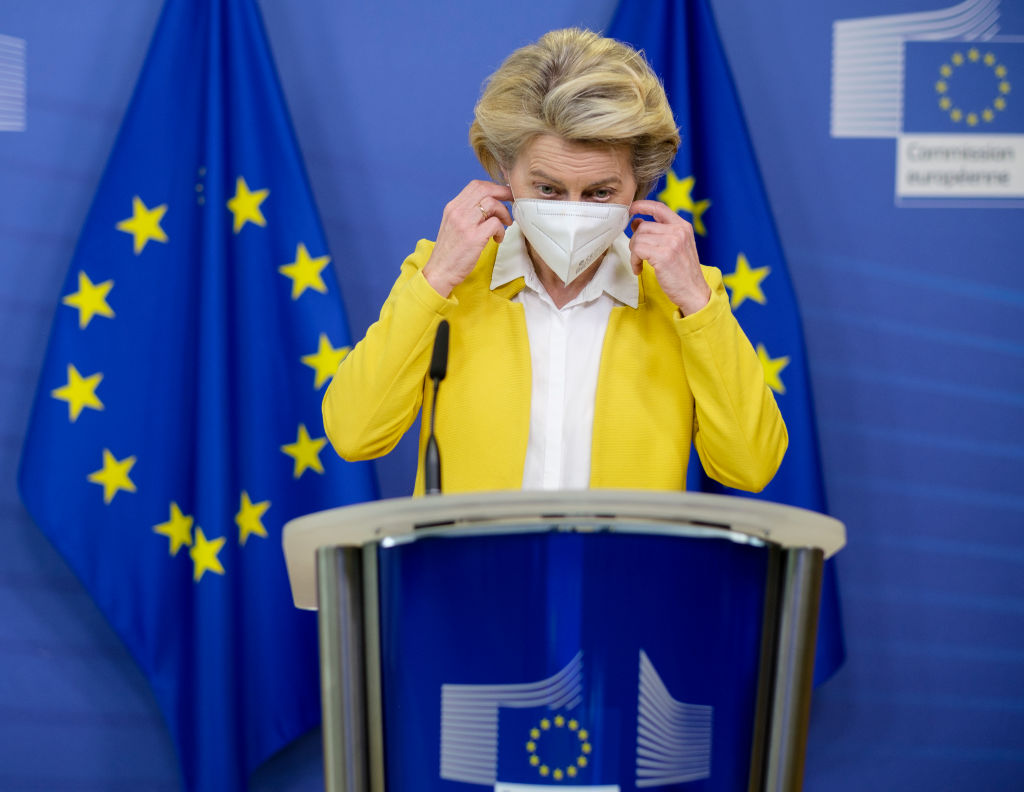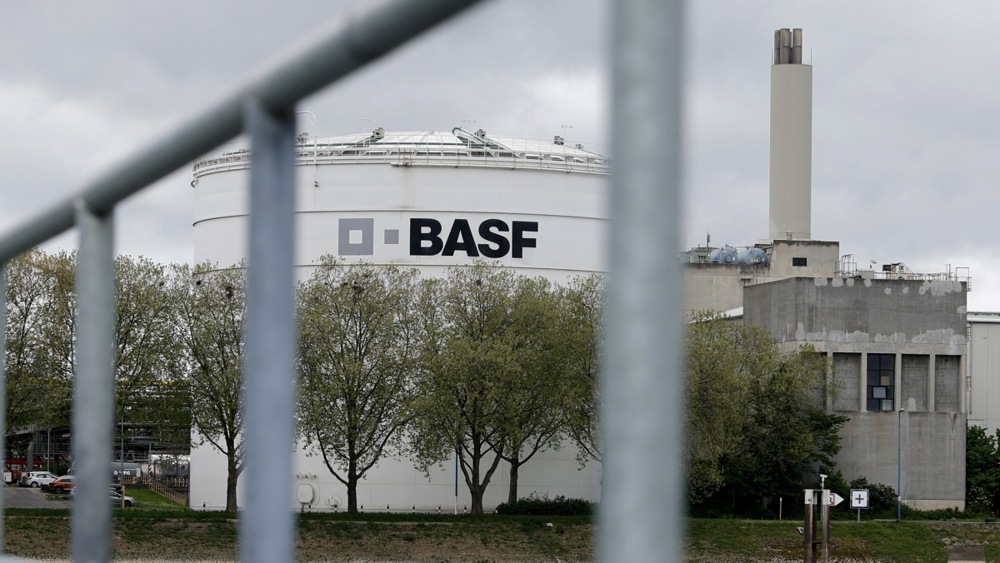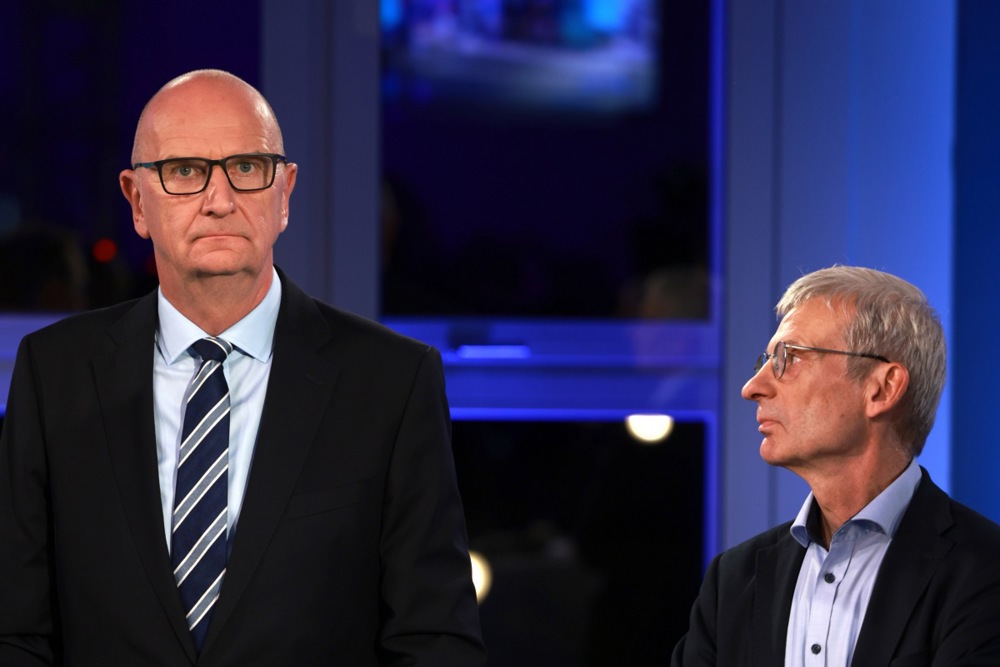Multinational vehicle maker Stellantis has replaced several top managers, including CEO Carlos Tavares, after posting dismal results amid the growing economic crisis facing European Union car manufacturers.
On October 11 the company — formed from the merger in 2021 of the Italian–American conglomerate Fiat Chrysler Automobiles and the French PSA Group — said Tavares will retire when his contract ends in early 2026.
In a press statement, Stellantis said it was making the changes “to drive simplification and enhance organisational performance in a turbulent global environment”.
Several chief operating officers and financial officers will be replaced from within the company. There have been 21 changes in senior staff at the car company over the past 12 months.
Stellantis, home to brands such as Alfa Romeo, Chrysler, Citroën, Dodge, DS, Fiat, Jeep, Lancia, Maserati, Opel and Peugeot, is suffering amid a wider crisis in the car industry.
At the end of September, it was forced to “significantly lower its financial expectations” and issued a severe profit warning, stating that there was no longer a positive cash flow. This year it is expected to burn through between €5 billion and €10 billion in cash.
Making matters worse for Stellantis compared to its competitors is that there is currently an oversupply of new cars in the US.
That comes as sales are down both in North America and in Europe and, as a result, the company has been forced to significantly cut back production
Net profits for Stellantis dropped 48 per cent in the first half of 2024 and while the stock price stood at €28.90 in March of this year, it has now fallen to under €12 on October 11.
The problems facing the company come as it attempts to make the shift from combustion engines to battery-powered vehicles.
By 2030, Stellantis hopes to have 50 per cent of its passenger cars and light-duty lorries sold in the US be electric, while targeting 100 per cent electrification of its passenger cars in Europe.
By then, the business intends to be offering 75 different electric models worldwide.
Tavares described the situation for vehicle manufacturing generally as a “Darwinian period for the automotive industry”.
Other car makers are also suffering. Mercedes-Benz Group and BMW saw a sharp decline in quarterly sales in China as local competitors switched to electric vehicles (EVs) and German car makers faced falling consumer demand.
Long-dominant sellers of luxury petrol-driven vehicles in China, Volkswagen, BMW and Mercedes are now losing ground to regional producers including BYD, which have taken the lead with creative and reasonably priced plug-in versions.
The problems for foreign car makers in China, along with slowing growth for EVs in Europe, have contributed to profit warnings from all three German manufacturers, Bloomberg reported.





